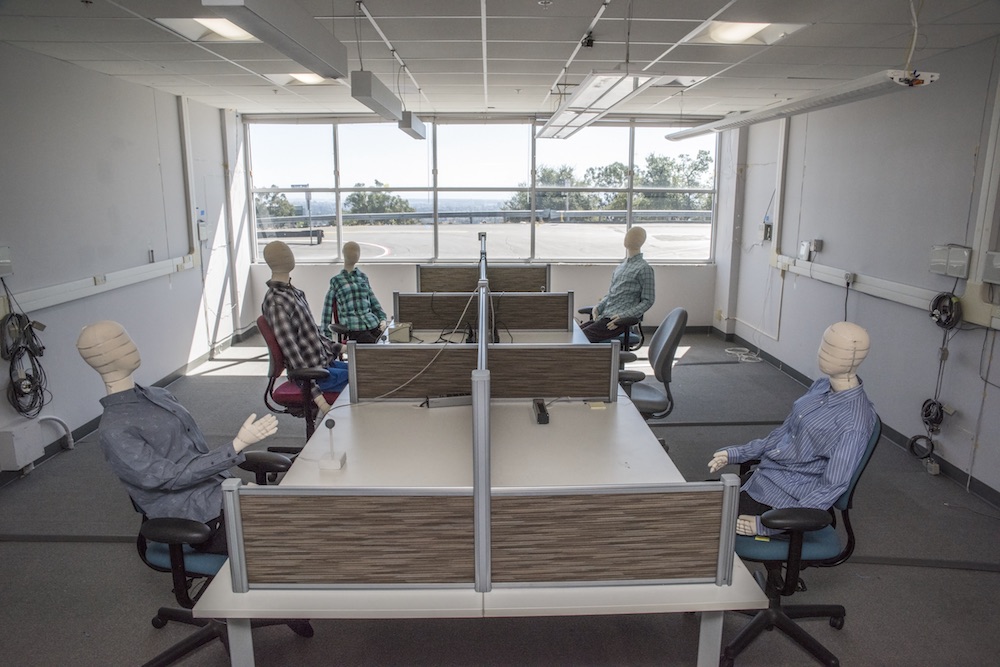The WHO has formally accepted the possibility of the novel coronavirus remaining in the air for a longer period in indoor space, which can lead to transmission.
The World Health Organization recently in an updated version of its March 29 scientific brief acknowledges that COVID-19 can be spread through the air under certain conditions. According to the report, ”new scientific evidence available on the transmission of SARS-CoV-2, the virus that causes COVID-19”.
Recent COVID-19 outbreaks in crowded areas such as restaurants, nightclubs, and pubs suggest that the virus can stay in the air for a significant amount of time to potentially infect others. This proves that if social distancing norms are not followed strictly, it can be dangerous.
A group of 239 scientists from 32 countries participated in a commentary titled ‘It Is Time to Address Airborne Transmission of COVID-19.’ It issued an appeal to the medical community and to relevant bodies in the national and international arena to recognize the potential for airborne spread of the Coronavirus.
“We have been talking about the possibility of airborne transmission and aerosol transmission as one of the modes of transmission,” said Maria van Kerkhove, WHO technical lead a day after the scientists’ letter was published.
According to a report published in May, researchers found that respiratory droplets produced while talking could remain in the air for nearly 8 to 14 minutes in a closed environment. The WHO said doctors and nurses who perform medical procedures such as inserting a breathing tube or putting patients on ventilators are at risk of contracting the virus.
When an infected person coughs or sneezes, the respiratory droplets released are still considered to be a prime mode transmission of the virus. Scientists say it is much less risky for the virus to spread outdoors because the droplets in the air disperse swiftly.
Fomite transmission, where transmission happens through the surface of an object, is still considered to be one of the main paths through which the virus can be contracted. Surfaces such as elevator buttons, phones, switches, pens, doorknobs, keyboards, and even doctors’ stethoscope, if not disinfected, can pose a huge threat.
WHO continues to stress that transmission of SARS-CoV-2 between people when they come into contact directly, indirectly, or in close contact with the infected person through saliva, respiratory secretions, or respiratory droplets is primary. The organisation now acknowledges the possibility of aerosol transmission.
India reported more than 50,000 cases in the last 24 hours (on July 30) for the very first time since January. A total of 52,123 COVID-19 cases have been reported in the last 24 hours, taking the total count to 15,83,792. The death toll went up by 775 in the last 24 hours, the total number of deaths stood at 34,968.
Maharashtra, Andhra Pradesh, Tamil Nadu, Karnataka, and Uttar Pradesh reported the biggest spike in new infections. According to the Government data, 66.41 percent of all cases reported in the last 24 hours were from these five states alone.
Under the new Unlock 3.0 regulations, the Indian government allowed functioning of gyms and yoga institutes expect those in containment zones. Schools, colleges, and metros will continue to remain closed until August 31.
Globally, more than 17 million people have tested positive for the novel coronavirus. The USA is the worst-hit with 4.5 million cases and continues reporting nearly 60 thousand cases on a daily basis. Next comes Brazil with 2.5 million cases and then comes India at the third position with 1.5 million cases.

